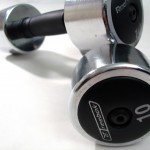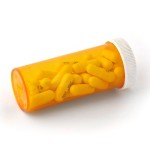The Relationship between Erectile Dysfunction and Heart Disease
Tuesday, March 30th, 2010Although the two disorders may seem to be worlds apart, research has shown that men who suffer fro erectile dysfunction (ED) have a much higher risk of developing heart disease. Why is this?
 The answer lies in the commonality of the two health conditions. Erectile dysfunction is often a result of damage to the blood vessels that supply blood to the penis, resulting in difficulty getting and maintaining an erection. Long thought to be due mainly to psychological factors, it is now recognized that ED can result from problems with blood flow. Many men seek help from their doctor when they experience ED and are prescribed medications that improve ED by improving blood flow. However, research shows that many men (and doctors) do not take into account that the same issue that results in inability to achieve an erection may be occurring elsewhere in the body, including the heart and its associated blood vessels.
The answer lies in the commonality of the two health conditions. Erectile dysfunction is often a result of damage to the blood vessels that supply blood to the penis, resulting in difficulty getting and maintaining an erection. Long thought to be due mainly to psychological factors, it is now recognized that ED can result from problems with blood flow. Many men seek help from their doctor when they experience ED and are prescribed medications that improve ED by improving blood flow. However, research shows that many men (and doctors) do not take into account that the same issue that results in inability to achieve an erection may be occurring elsewhere in the body, including the heart and its associated blood vessels.
Men who experience ED should be screened for cardiovascular disease. Because the blood vessels of the penis are smaller than those that supply the heart, ED may show up before a problem with the heart is detected. Nevertheless, ED should prompt physicians to actively search for blood vessel disease or cardiovascular disease elsewhere in the body. Examining risk factors for cardiovascular disease may be the first step in this process. Men with ED should be assumed to have heart disease until proven otherwise; actively screening for heart disease in men with ED may prevent deaths from cardiac disease.
Source: Erectile dysfunction is strong predictor of fatal heart ailments, study finds





